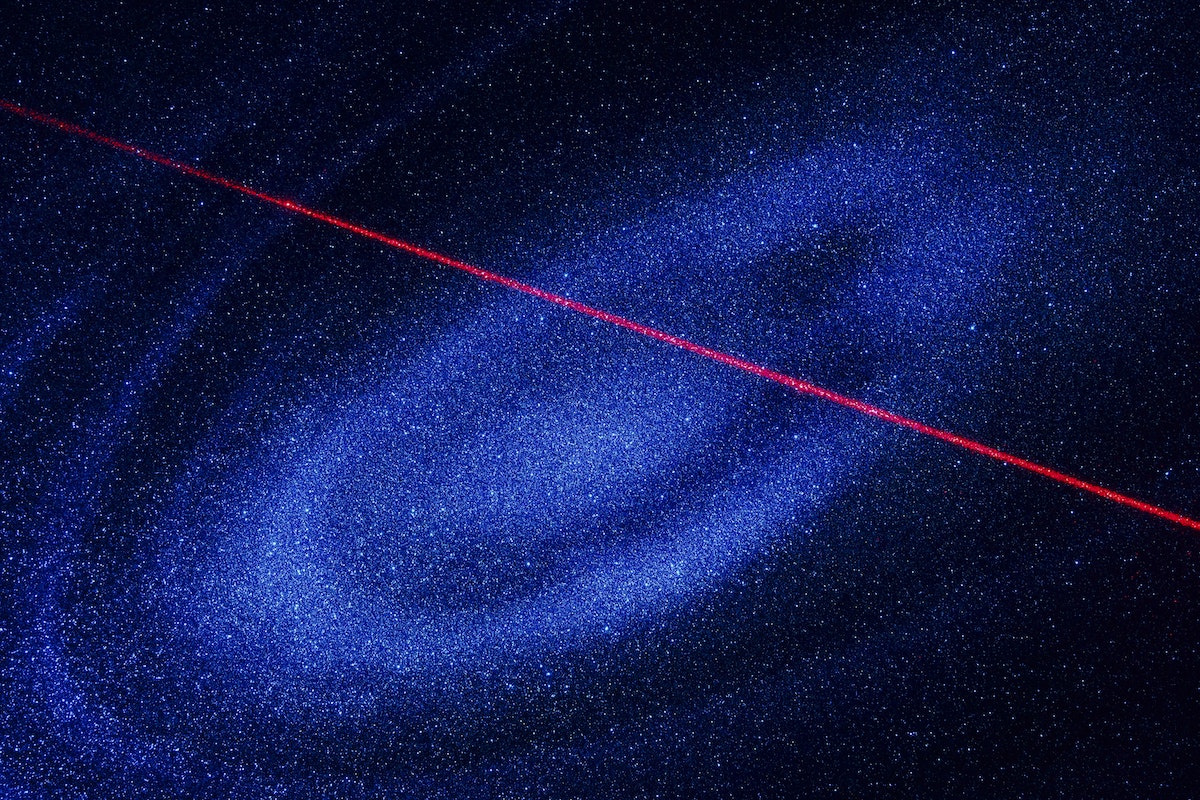Astronomy is a fascinating hobby that requires patience and precision. One of the most critical aspects of observing the night sky is ensuring that your telescope is properly aligned, or collimated. This process involves adjusting the mirrors or lenses so that they are precisely aligned with one another, producing sharp and accurate images.
Collimation is necessary because even the slightest misalignment can cause the light to scatter, resulting in blurred or distorted images. This can be especially frustrating for those who have invested a considerable amount of money into their equipment and expect to see clear, crisp images of the stars and planets. The good news is that collimation is a relatively simple process that can be done in just a few minutes.
One of the most common methods of collimating a telescope is to use a collimation cap. This is a small, circular cap that fits over the end of the telescope’s focuser. The cap has several small holes in it, which allow you to see the mirrors or lenses inside the telescope. By looking through the holes, you can see if the mirrors or lenses are properly aligned. If they are not, you can make small adjustments until they are.
Another method of collimating a telescope is to use a laser collimator. This device projects a laser beam into the telescope, which bounces off the mirrors or lenses and back out through the collimator. By looking at the laser beam, you can see if the mirrors or lenses are properly aligned. If they are not, you can make small adjustments until they are.
Regardless of which method you use, collimating your telescope is a critical step in ensuring that you get the best possible images of the night sky. It is a simple process that can be done in just a few minutes, and it is well worth the time and effort to ensure that your telescope is producing the best possible images.

How do I collimate a telescope- collimation caps and laser collimation
There are several methods to collimate a telescope, and the specific process will depend on the type of telescope you have and the tools you have available. Here are two of the most common methods:
Method 1: Using a Collimation Cap:
- Install the collimation cap on the end of the focuser.
- Look through the cap’s holes and observe the mirrors or lenses inside the telescope.
- If the mirrors or lenses are misaligned, use the collimation screws on the telescope to adjust them until they are perfectly aligned.
- Repeat the process until you are satisfied with the alignment.
Method 2: Using a Laser Collimator:
- Install the laser collimator into the focuser of the telescope.
- Turn on the laser and observe the beam as it bounces off the mirrors or lenses and back out through the collimator.
- If the mirrors or lenses are misaligned, use the collimation screws on the telescope to adjust them until the laser beam is perfectly aligned.
- Repeat the process until you are satisfied with the alignment.
It’s important to note that collimation is an ongoing process, and you may need to re-collimate your telescope periodically to maintain optimal image quality. Take your time and be patient, as small adjustments can make a big difference in the final image.
In conclusion, collimating a telescope is a relatively simple process that can be done with a collimation cap or laser collimator. It is an essential step in ensuring that you get the best possible images of the night sky. Happy stargazing!

